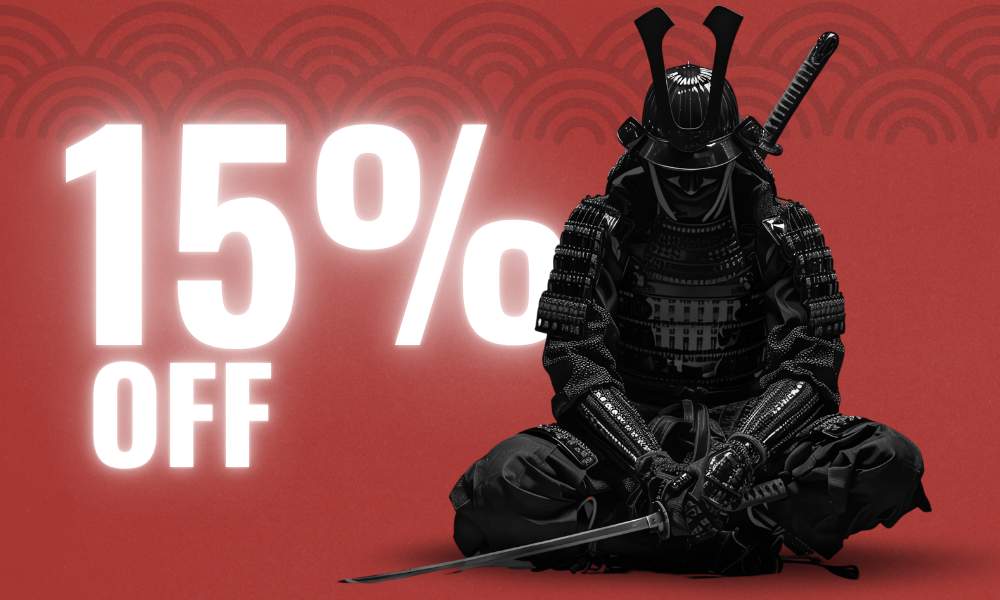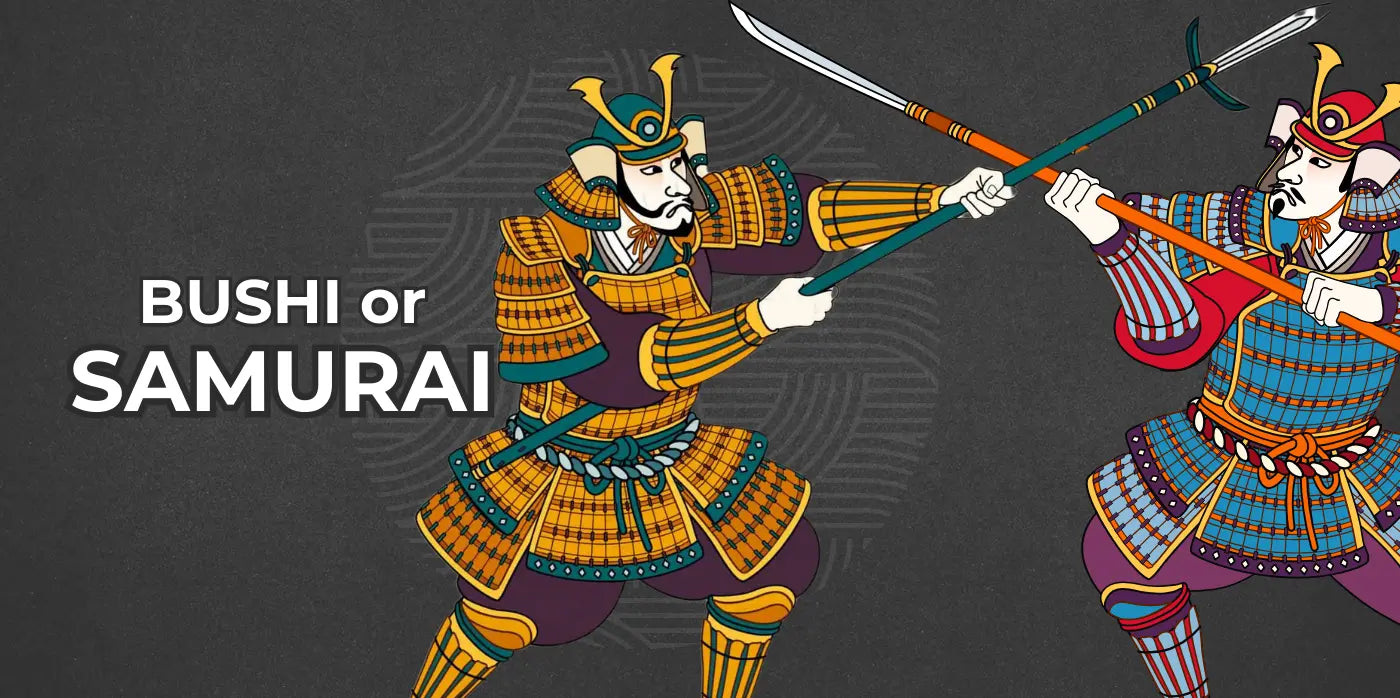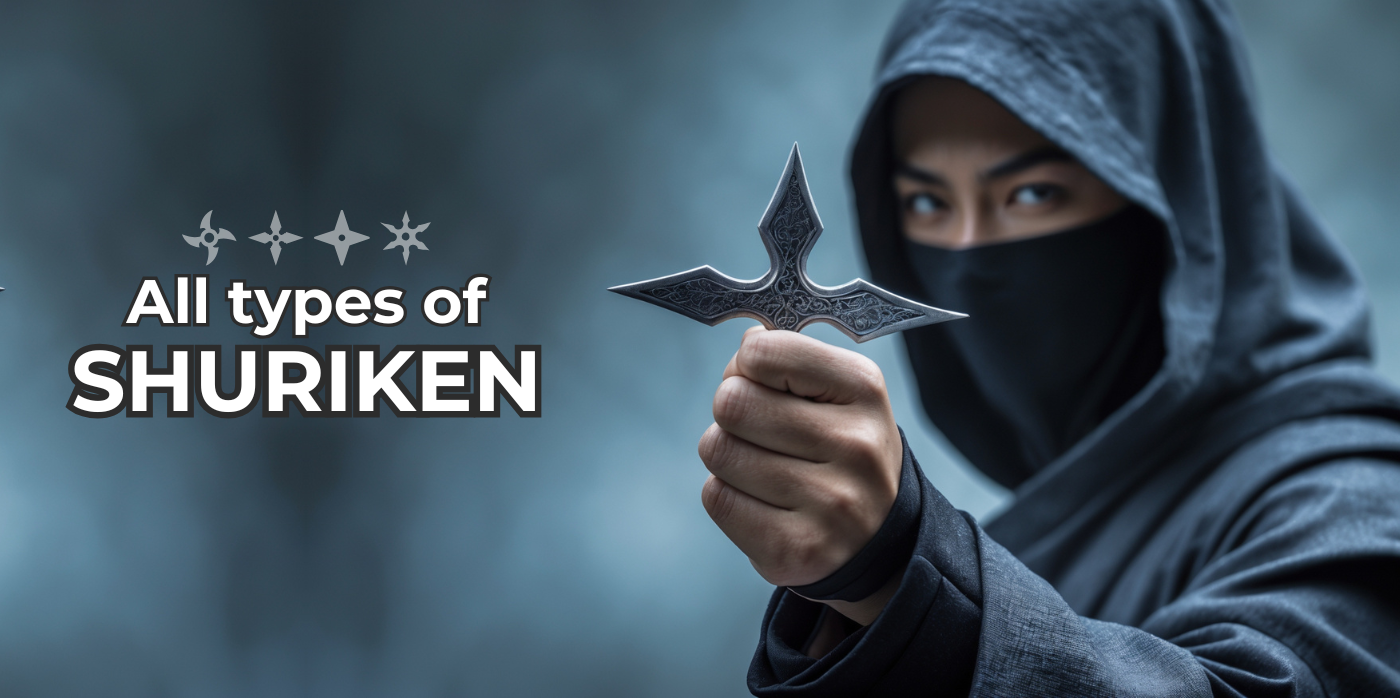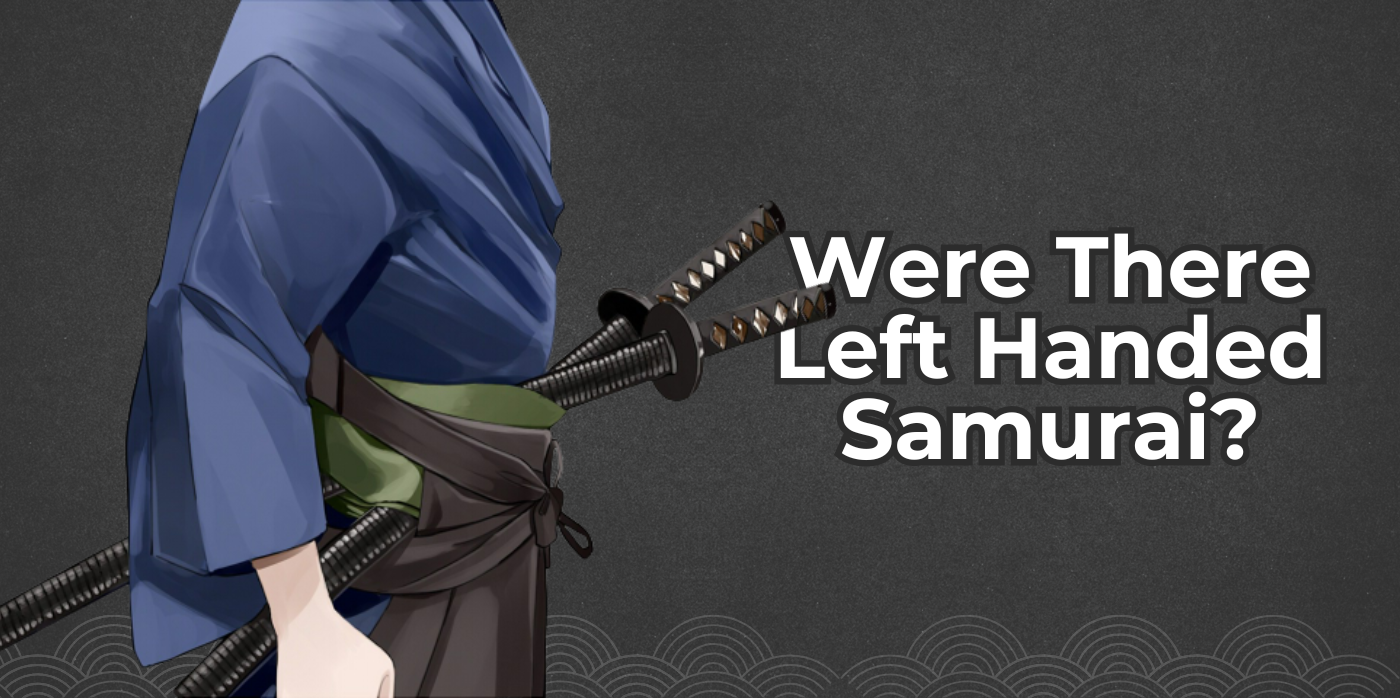Feudal Japan is rich in iconic figures, but few are as fascinating as the bushi and the samurai. These two terms are often used interchangeably, but they are not synonymous. If you have ever wondered about the difference between a bushi and a samurai, this article will provide all the answers.
The Differences Between Samurai & Bushi
Let’s get to the main topic, what are the differences between samurai and bushi?
To answer this question, we must take a look at the meaning of each word.
The Meaning of Samurai (侍)
The word samurai (侍) originally derived from the verb saburau (侍う), which meant "to serve" or "to protect" the aristocrats during the Heian period (794 - 1185). Eventually, between the Kamakura (1185-1333) and the Sengoku era (1467-1615), the noun samurai emerged to describe those who served the ruling class.
By the Sengoku period, being a samurai became a hereditary status, meaning one had to be born into the samurai class. Although exceptions existed, they were rare. During the Edo period (1603-1868), samurai primarily served the shogunate and feudal lords. Over time, the line between bushi and samurai blurred, making the terms increasingly interchangeable.

The Meaning of Bushi (武士)
Bushi (武士) consists of two kanji: 武 (bu), meaning "war" or "martial arts," and 士 (shi), signifying a professional. The term dates back to the Nara period when the Imperial Court deployed administrators to control taxation. Over time, these landowners formed warrior groups to protect their territories, marking the birth of the bushi class.
Unlike samurai, bushi were not necessarily tied to a noble master. They were warriors by profession. While samurai were bushi, not all bushi were samurai. Other warrior classes, such as rōnin (masterless samurai), ashigaru (foot soldiers), and warrior monks, were considered bushi but did not hold the same social rank as samurai. This distinction became more evident during peaceful times, like the Edo period, when samurai took on bureaucratic roles while other bushi remained in military positions.

Comparison of Samurai and Bushi
To clarify the distinction, here’s a comparison table:
| Samurai (侍) | Bushi (武士) | |
|---|---|---|
| Meaning | "One who serves" | "Warrior, one who stops the spear" |
| Social Class | A hereditary class serving the nobility | A general term for warriors |
| Tied to a Master? | Always served a daimyo or shogunate | Not necessarily; could be independent |
| Historical Role | Administrators and warriors | Purely warriors, including lower-class fighters |
| Examples | Hatamoto, Shinsengumi, Ronin (before losing their master) | Ashigaru, Ronin, Warrior Monks |
| Code of Conduct | Strictly followed Bushidō | Followed Bushidō, but interpretation varied |
| Rank & Privileges | Higher-ranking within military society | Could be anyone trained in combat |
Why Are the Terms Interchangeable Today?
Despite these key differences, why are the terms bushi and samurai often used interchangeably today? The answer lies in the Edo period, a time of peace when warfare became rare. Most samurai took on administrative and bureaucratic roles, blurring the distinction between them and other bushi. Since all samurai were bushi by default, the terms merged in popular usage.
Additionally, modern media has contributed to this confusion. Samurai have become legendary figures in movies, anime, and historical dramas, while the term bushi is often overshadowed. This has led to the perception that all warriors of feudal Japan were samurai, even though this was not historically accurate.
Conclusion: Bushi or Samurai—Who Is Who?
A bushi was any warrior belonging to the military class, while a samurai was a high-ranking bushi who served a lord. All samurai were bushi, but not all bushi were samurai. Samurai were similar to knights in medieval Europe, possessing high status and the right to ride horses, while other warriors did not have the same privileges. The distinction between these two groups became blurred during the Edo period due to their shifting roles.





